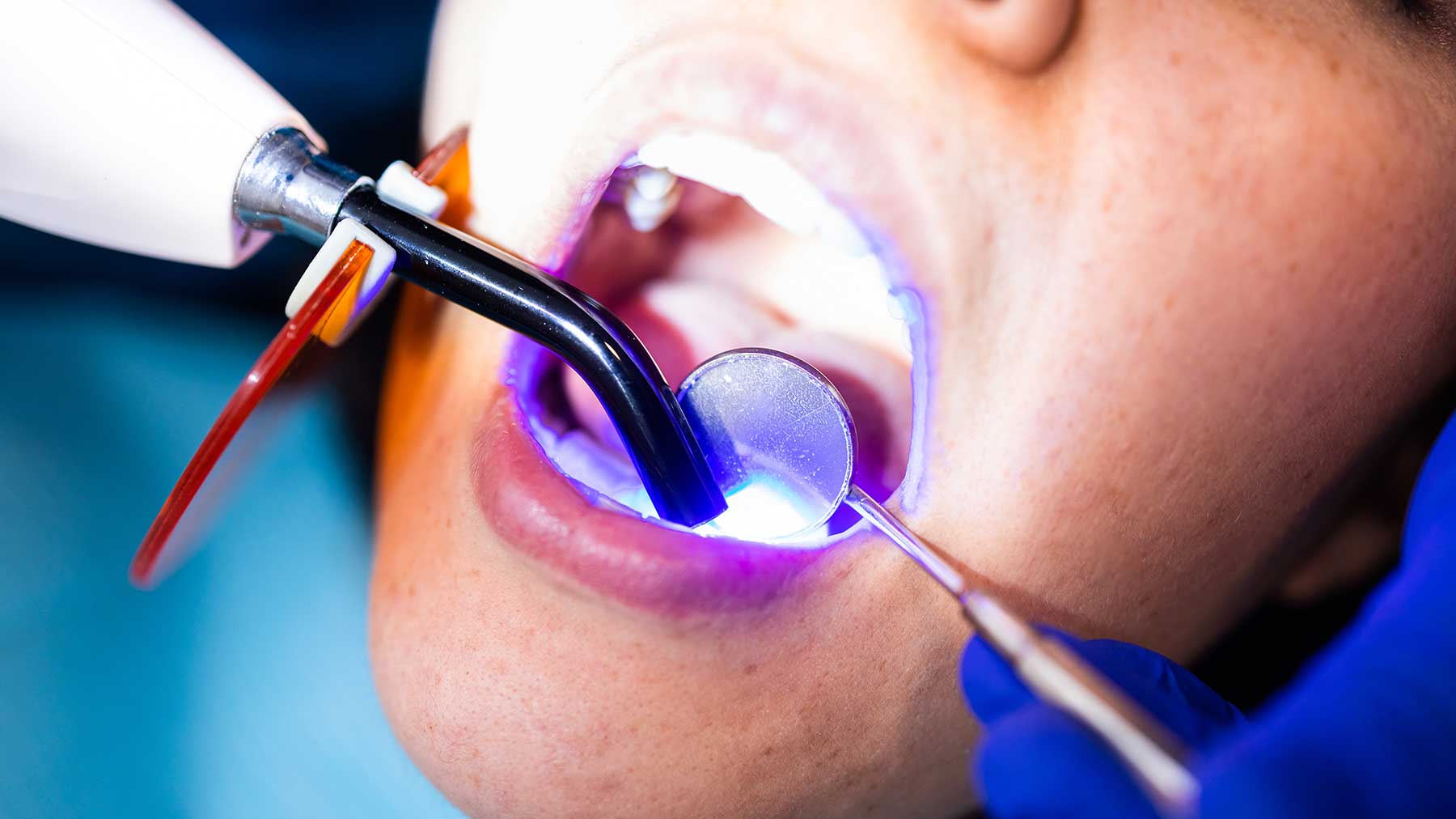Composite filling is an aesthetic treatment method used to treat material losses, dental caries, tooth structure disorders and discolorations that disturb the patient after trauma. It is a type of treatment that is frequently used today.
What is Composite Filling?
Composite filling is a filling method used in tooth structure disorders caused by problems such as decay, fracture or crack in the teeth. Deteriorations in the tooth structure are repaired with composite filling. In this way, a more aesthetic appearance is obtained on the teeth.
It is also known as resin filling. It is formed by the combination of ceramics and different chemicals. Resin filling method provides very successful results in anterior teeth. It can also be easily applied on the back teeth. However, in aesthetic applications, it is mostly used in anterior teeth in order to obtain the same color teeth.
In terms of price and performance, composite fillings are one of the treatments that provide very satisfactory results.

How is Composite Filling Performed?
In the application process of the composite filling, first of all, some points are paid attention and everything is done in order. For this reason, this treatment should be carried out by experts in their work.
Accordingly, the following steps should be followed in a resin filling application:
- If the tooth to be filled, if any, first the caries is cleaned in detail. In this way, a clean area to work is created.
- In order to fully prepare the tooth to be treated for filling, some touch-ups and cleaning are done. Then the filling material is placed.
- In the application phase, the composite filling is corrected in the most appropriate way to the original structure of the tooth. The reason for the correction process is to take the most suitable shape of the composite filling during bite or tongue surface control.
- After the filling is corrected, the treatment is terminated.
Composite filling can be applied easily with local anesthesia. In some cases, even local anesthesia is not required. However, it is generally preferred for the patient to feel comfortable.
What are the Advantages of Composite Filling Treatment?
The advantages of treatment are as follows:
- It can be applied in a short time.
- It is economical.
- It can be applied easily without numbing the tooth and without pain and pain to the patient.
- Since the fillings are well attached to the tooth, it supports the tooth tissues. Therefore, it prevents breakage and temperature sensitivity transmission.
- It can be used for a long time without any problems.
- It can be applied to more than one tooth in 1 day.
- It resolves the aesthetic concerns of individuals.
- It is painless and painless.
- It can be easily applied to the posterior and anterior teeth.
- Filling material suitable for the color of the tooth is used in the treatment. In this way, it is ensured that the filling looks more natural.
What are the disadvantages?
The disadvantages of composite filling treatment are as follows:
- Short-term tooth sensitivity may be experienced after the treatment. This situation lasts for a very short time. If it takes a long time, you should definitely consult a dentist.
- Consumption of cola, red wine, tea and cigarettes causes the fillings to become discolored.
- Care should be taken when consuming hard-shelled foods, as they do not have a natural structure.
What are the factors to be considered after the treatment?
There are no very important factors to be considered at the end of the treatment. This is one of the advantages of treatment.
The following should be considered after treatment:
- Food should not be eaten until the numbness in the mouth is gone.
- After the composite filling, tingling or pain may occur for 1-2 weeks. In the presence of pain that does not go away within 2 weeks, the filling should be checked.
- There may be discomfort for a few days in the anesthetized area or in the gingival area damaged during filling. It will go away on its own in the coming days.
- The deeper the filling, the longer the sensitivity period. Sensitivity decreases on its own day by day thanks to the medicine placed under the filling.
